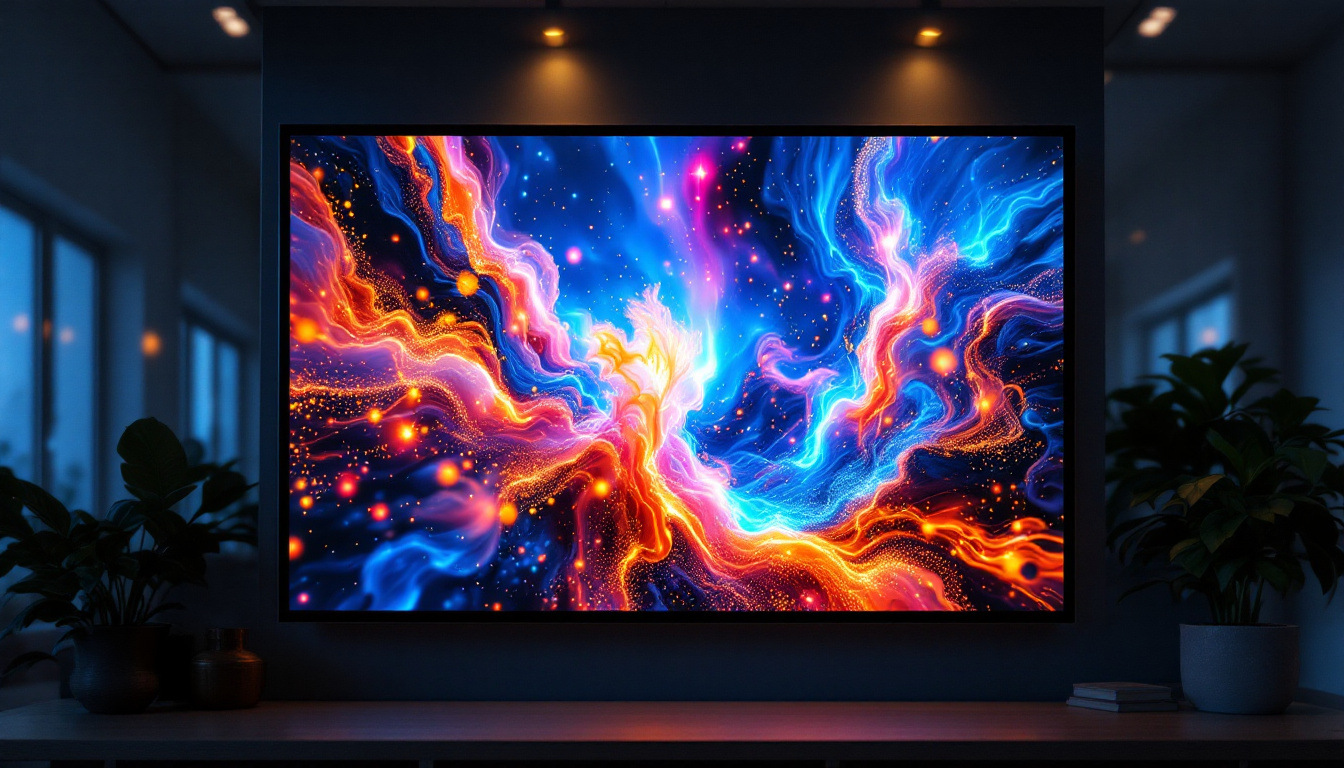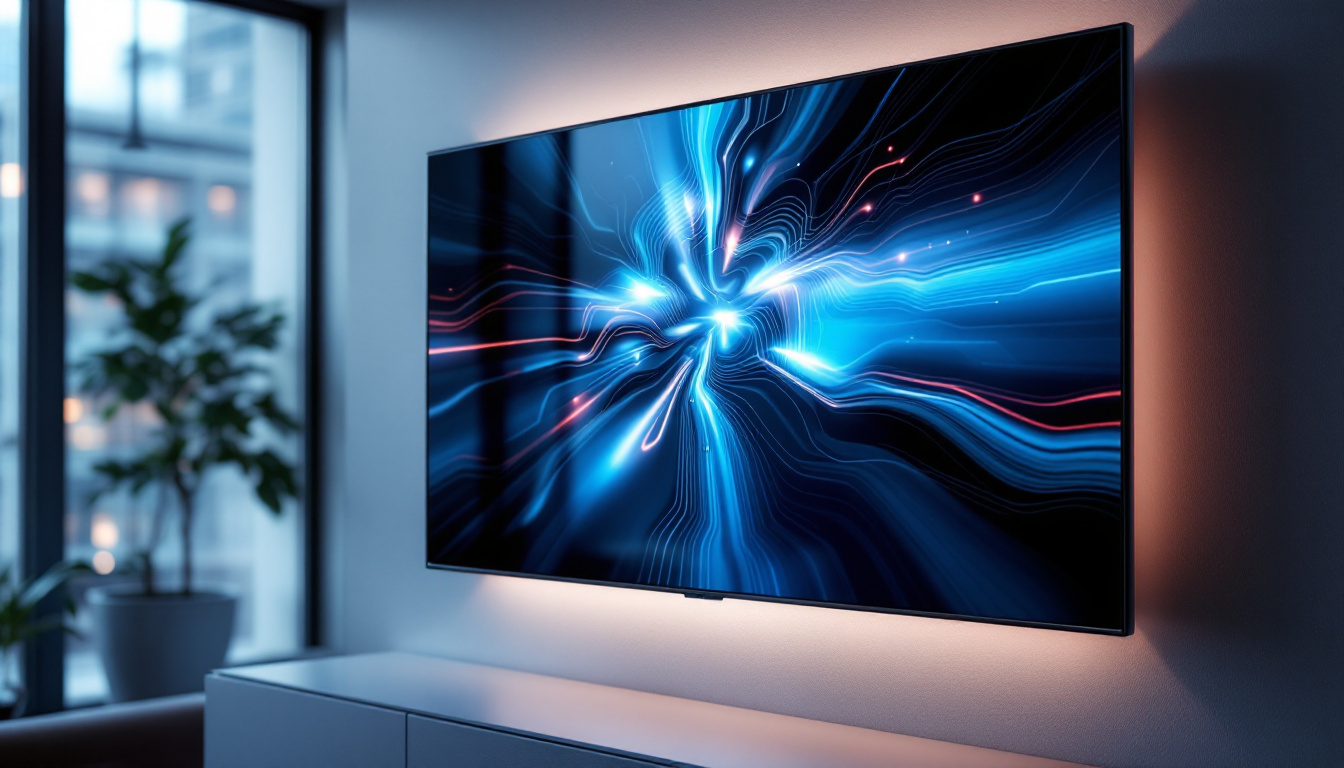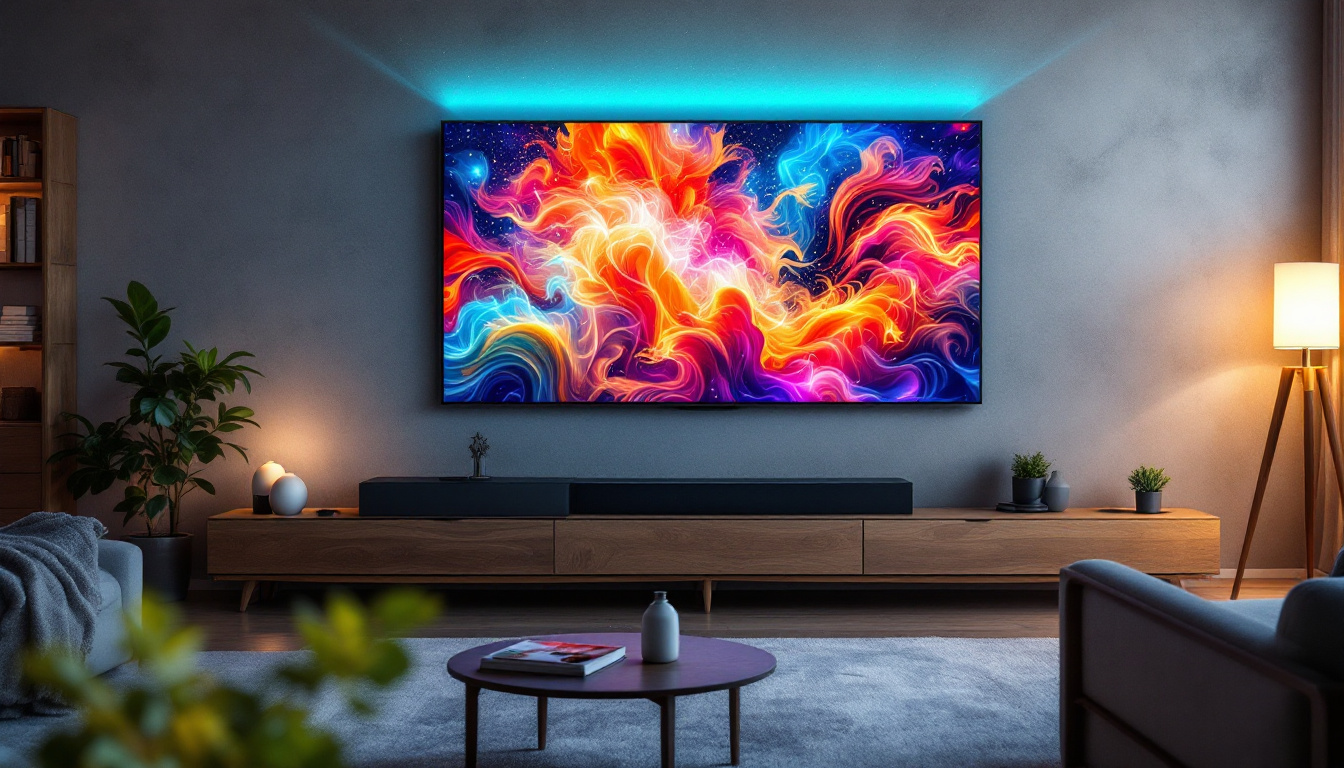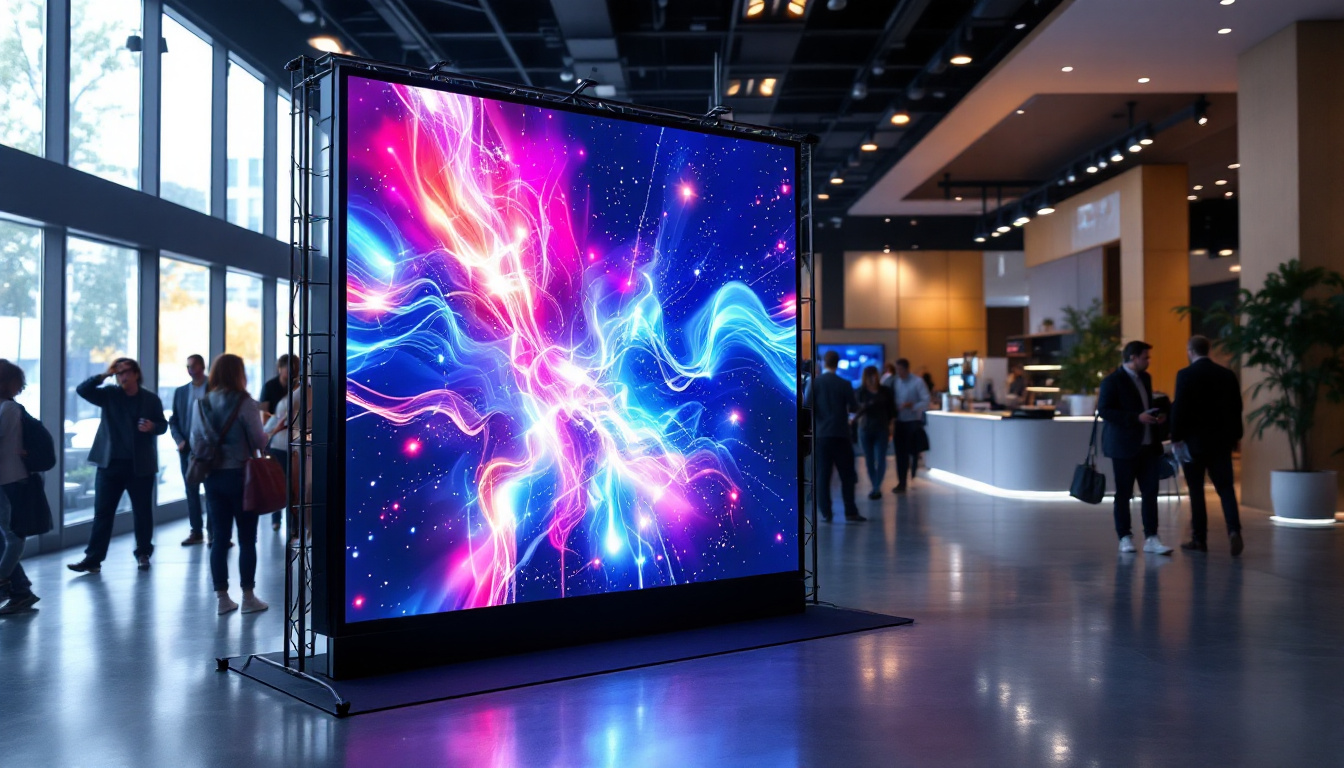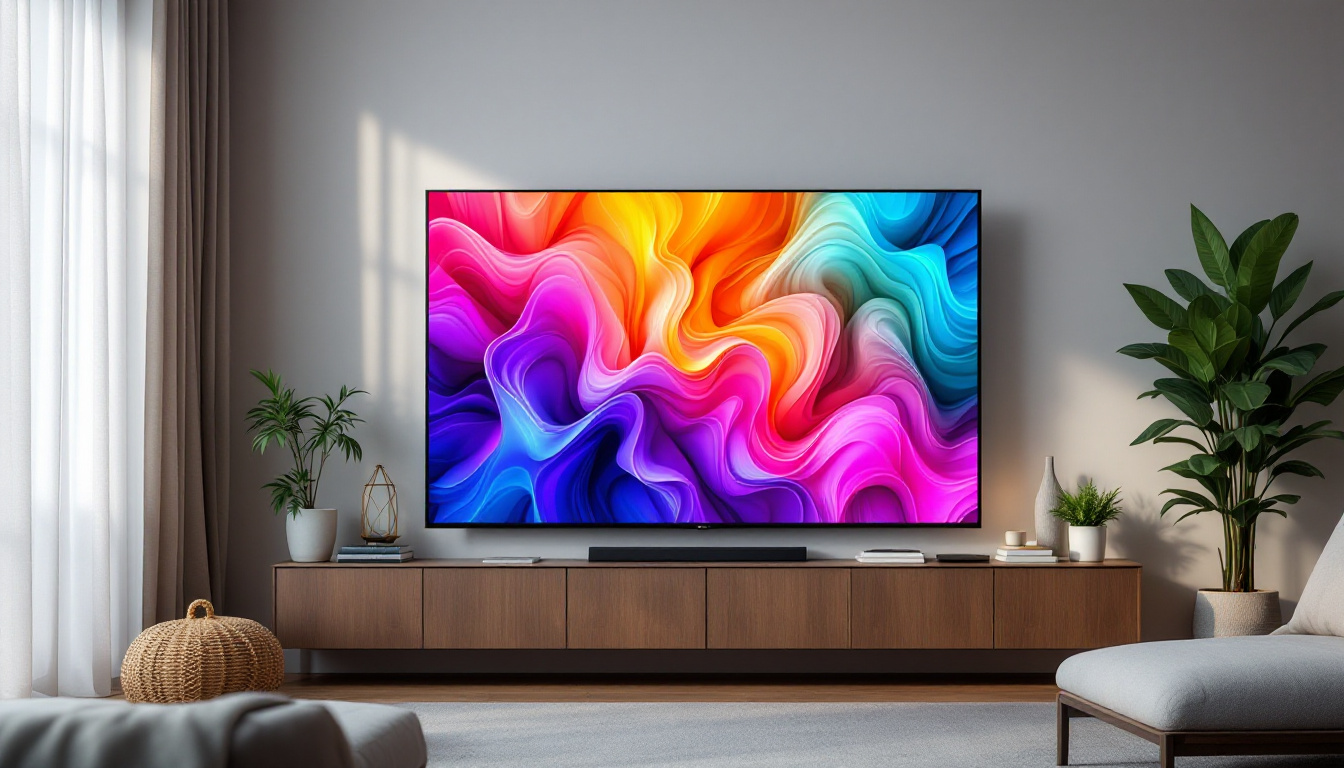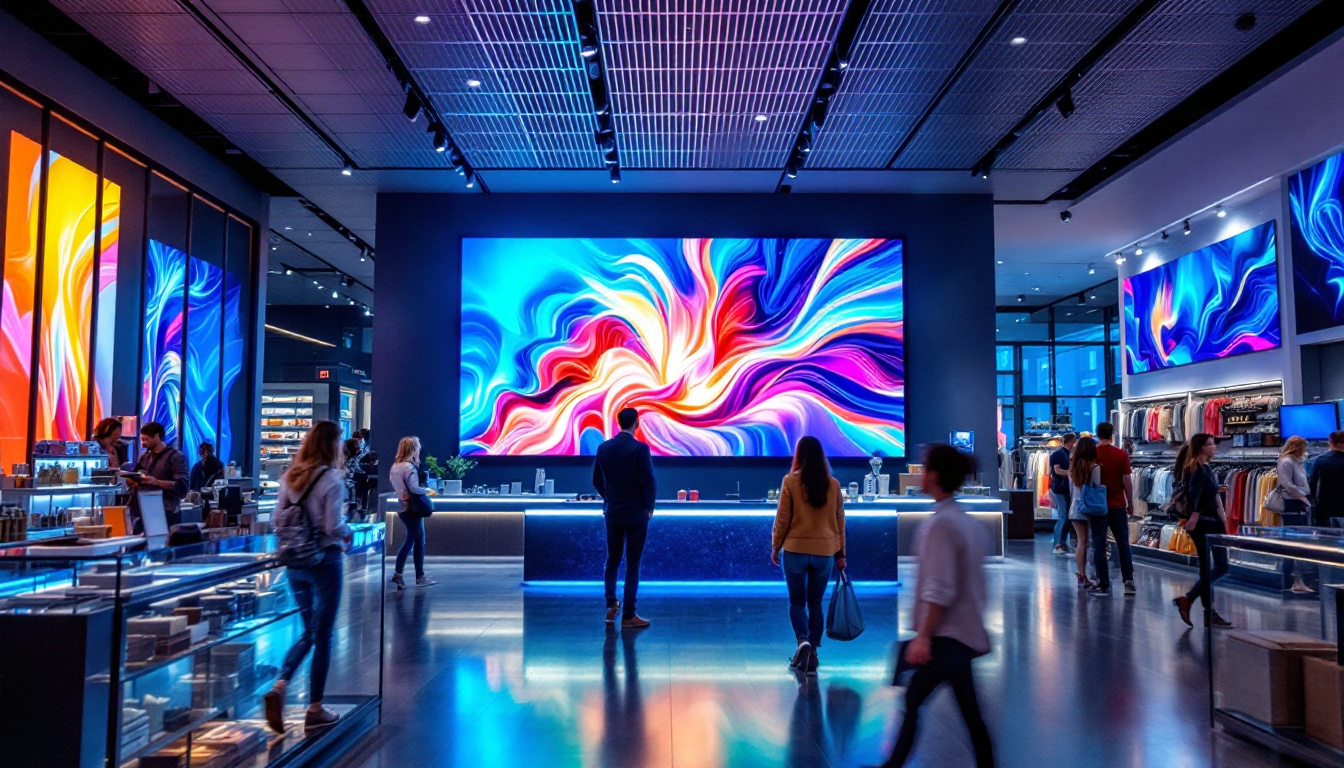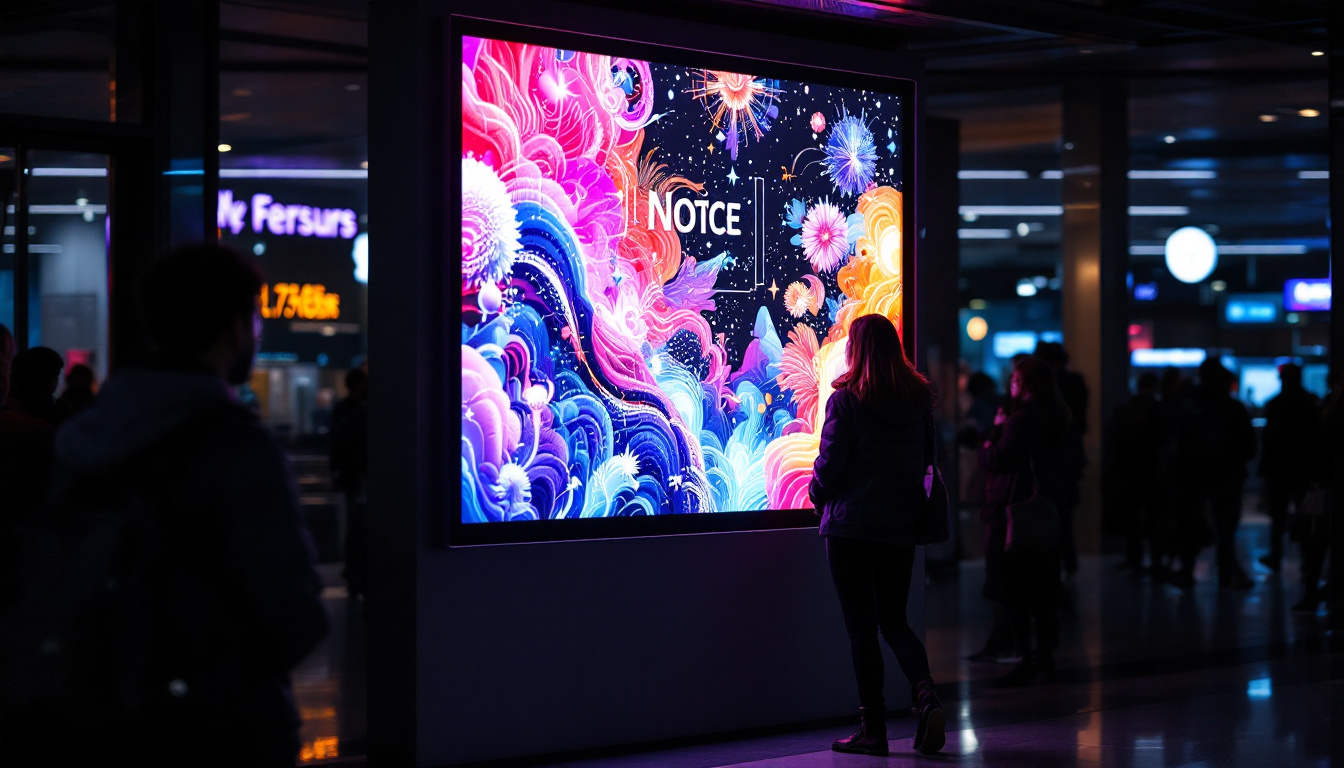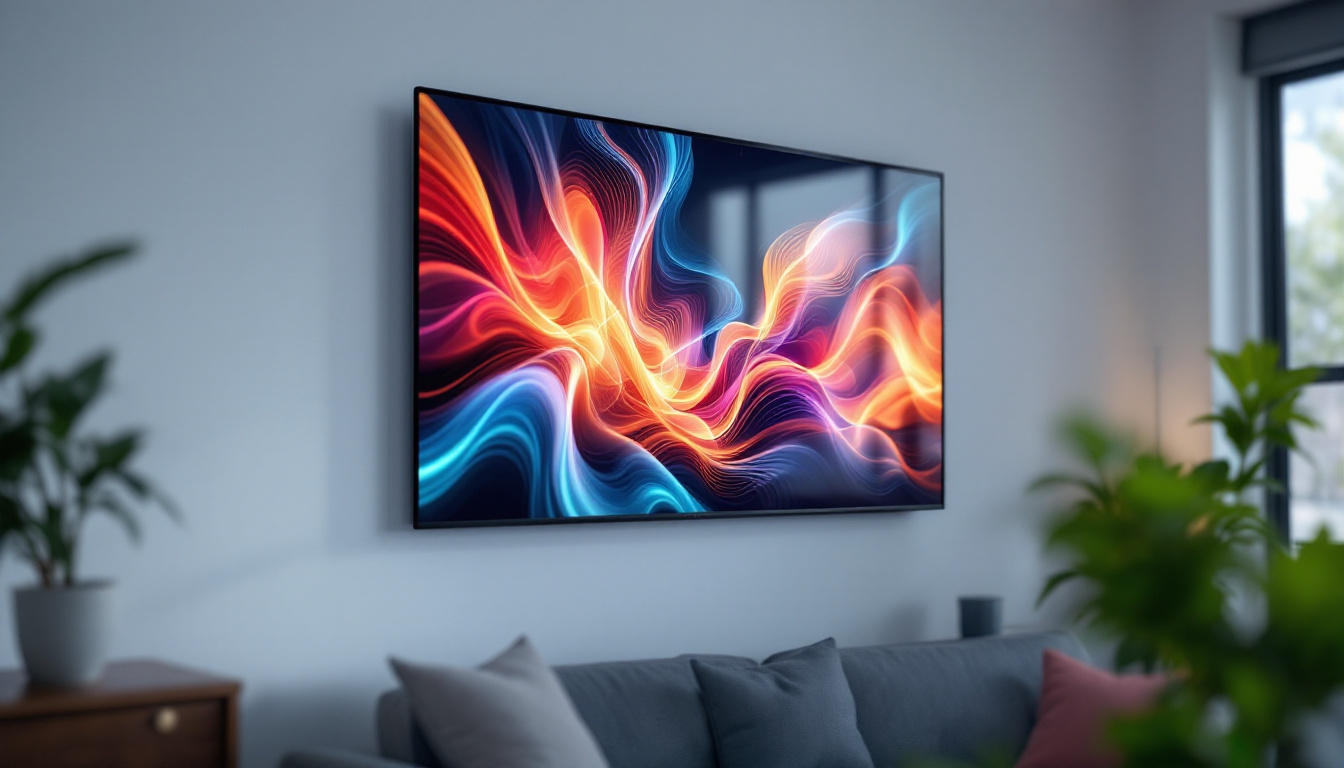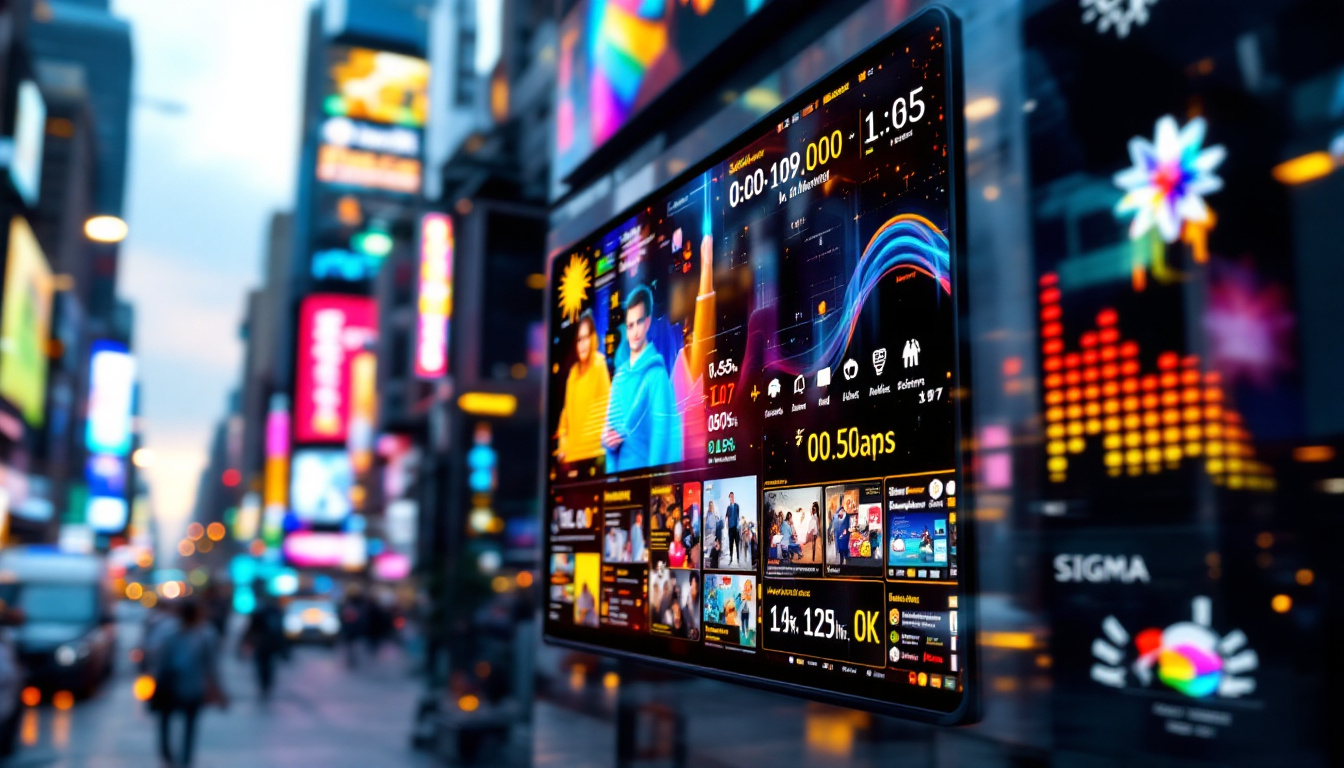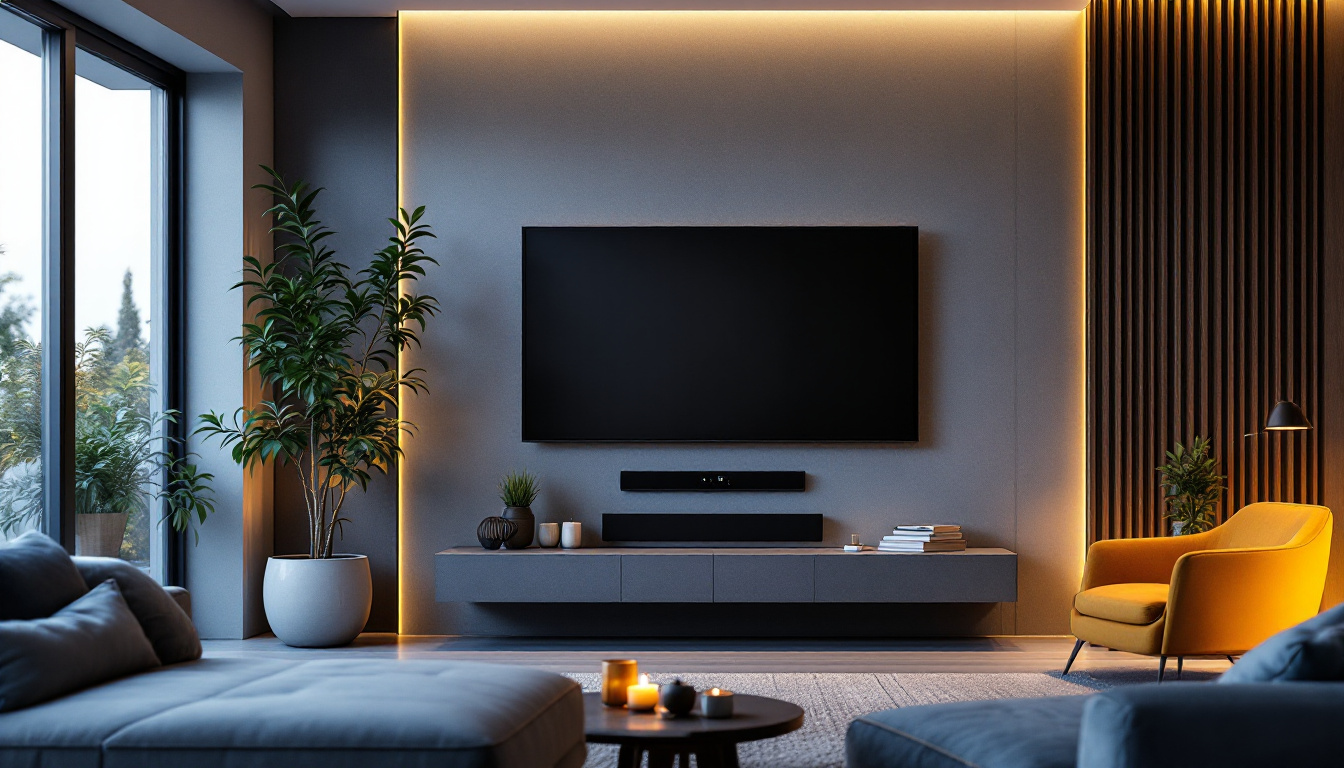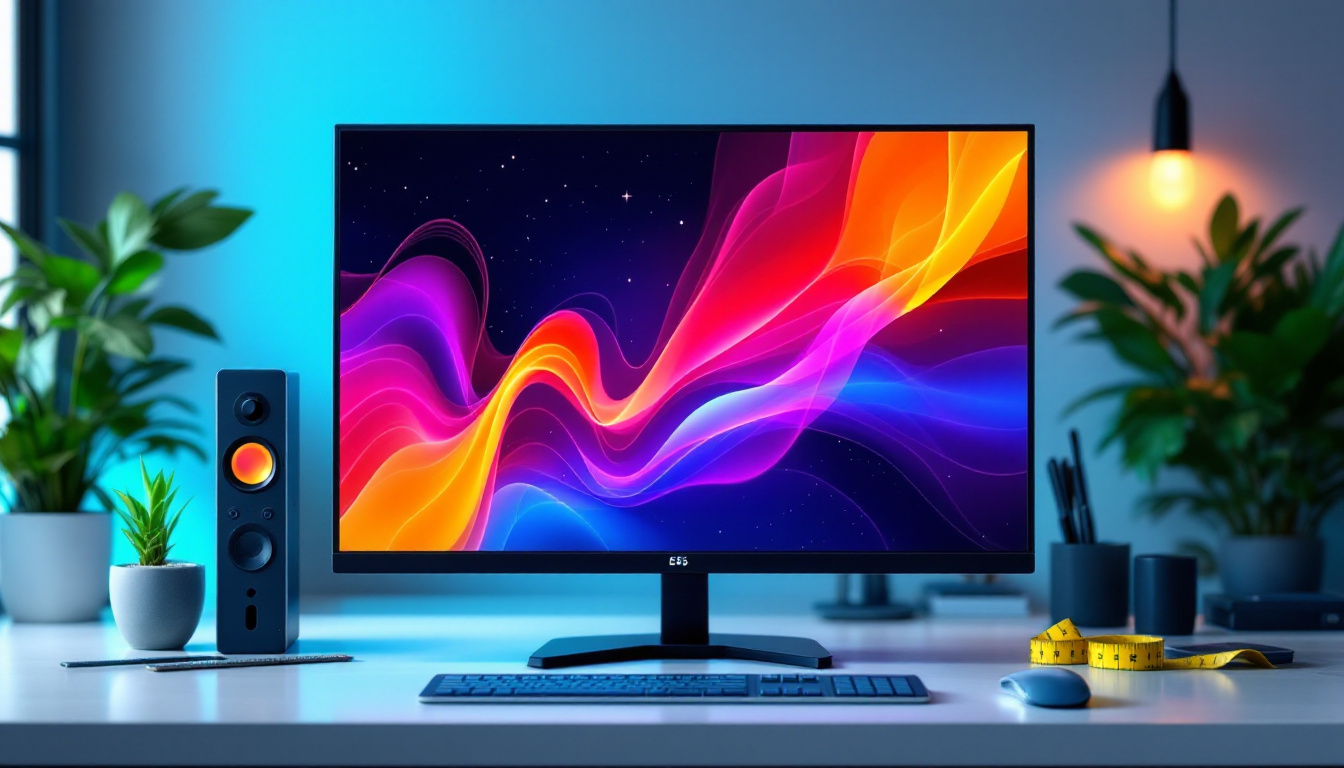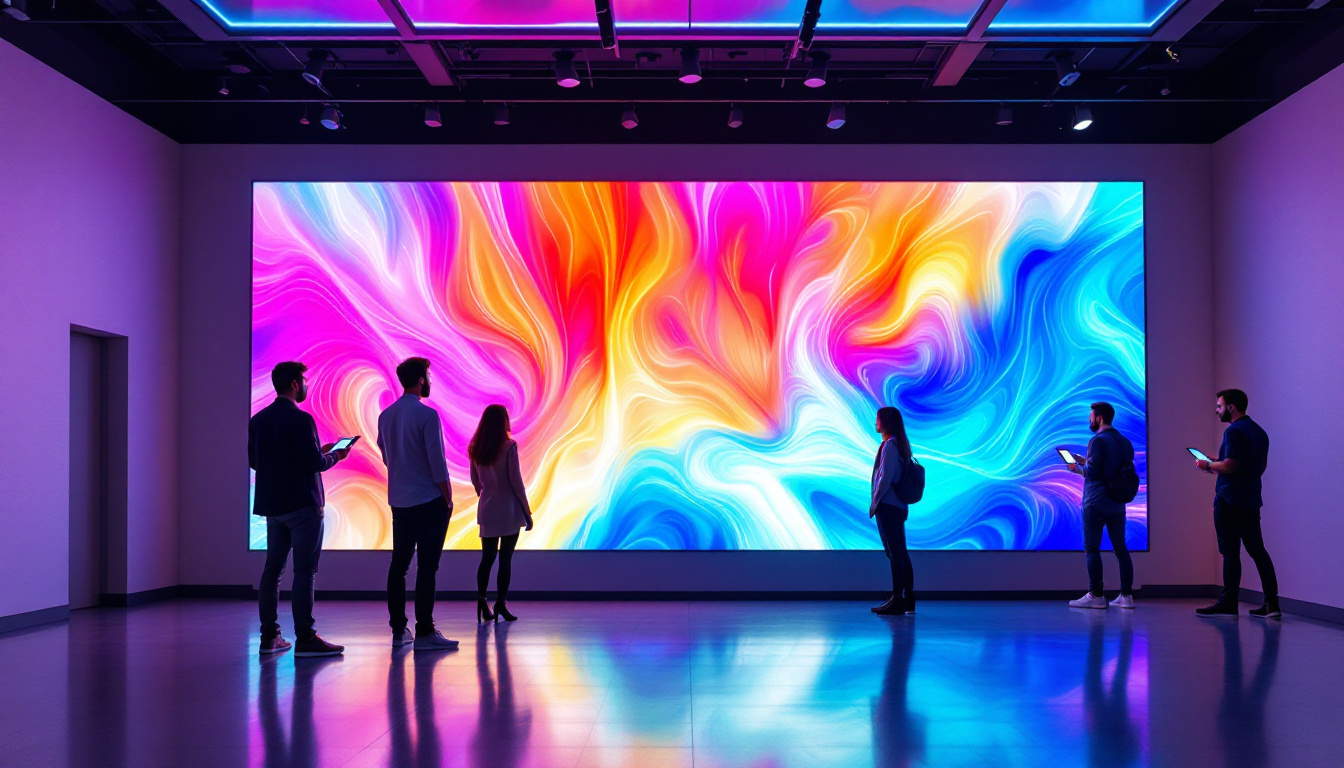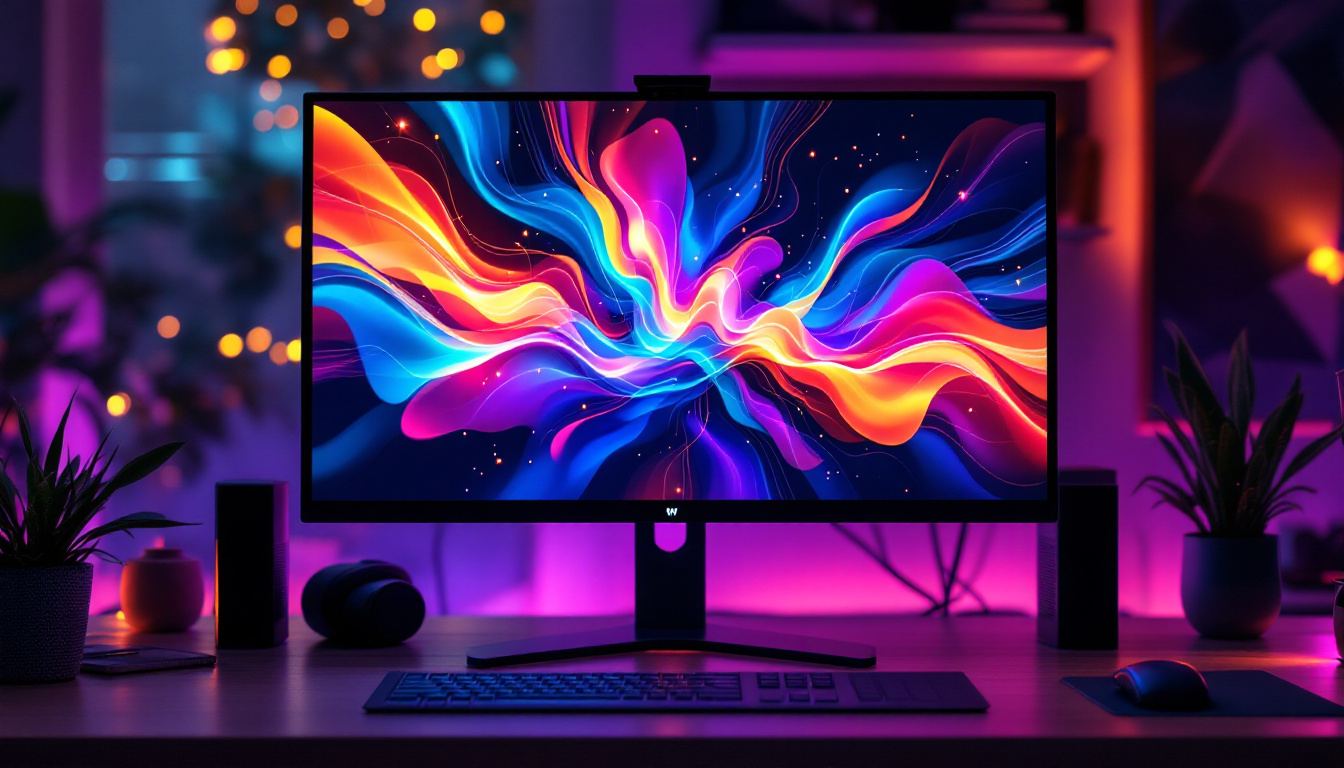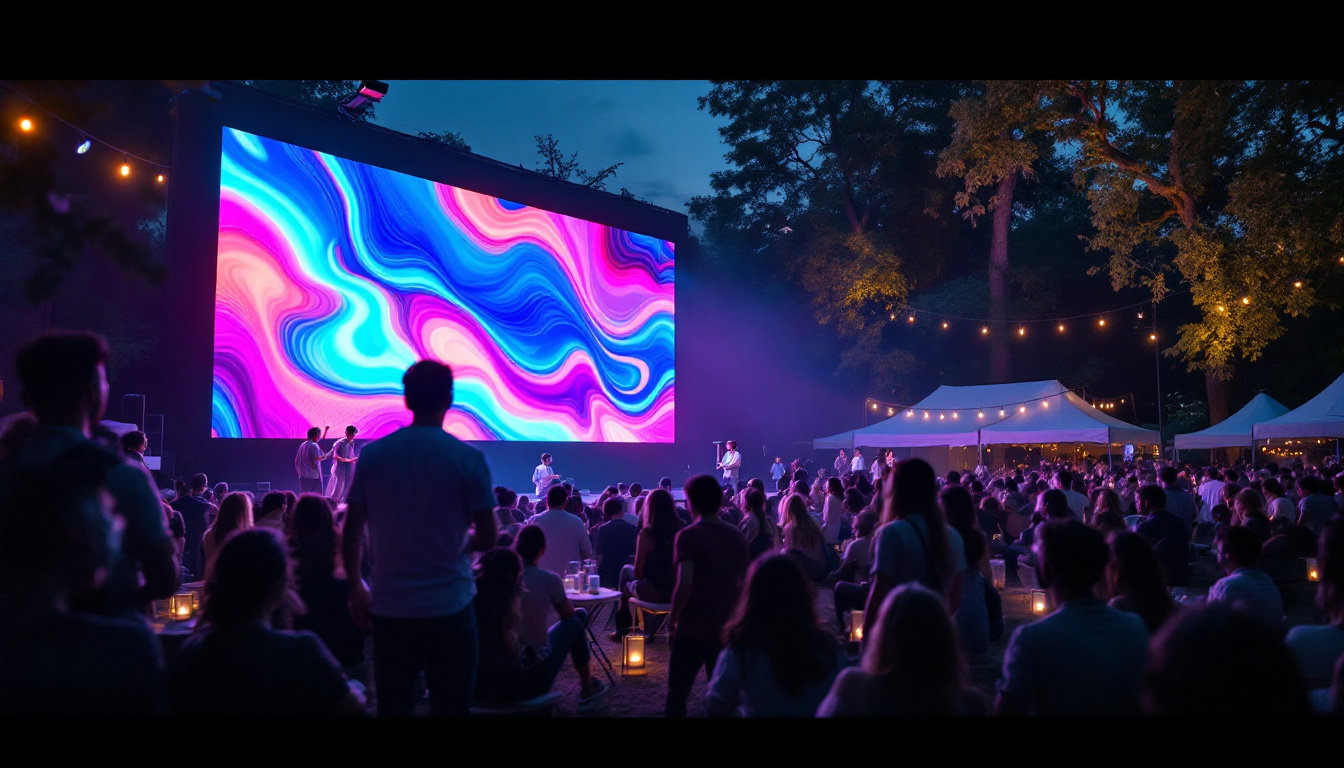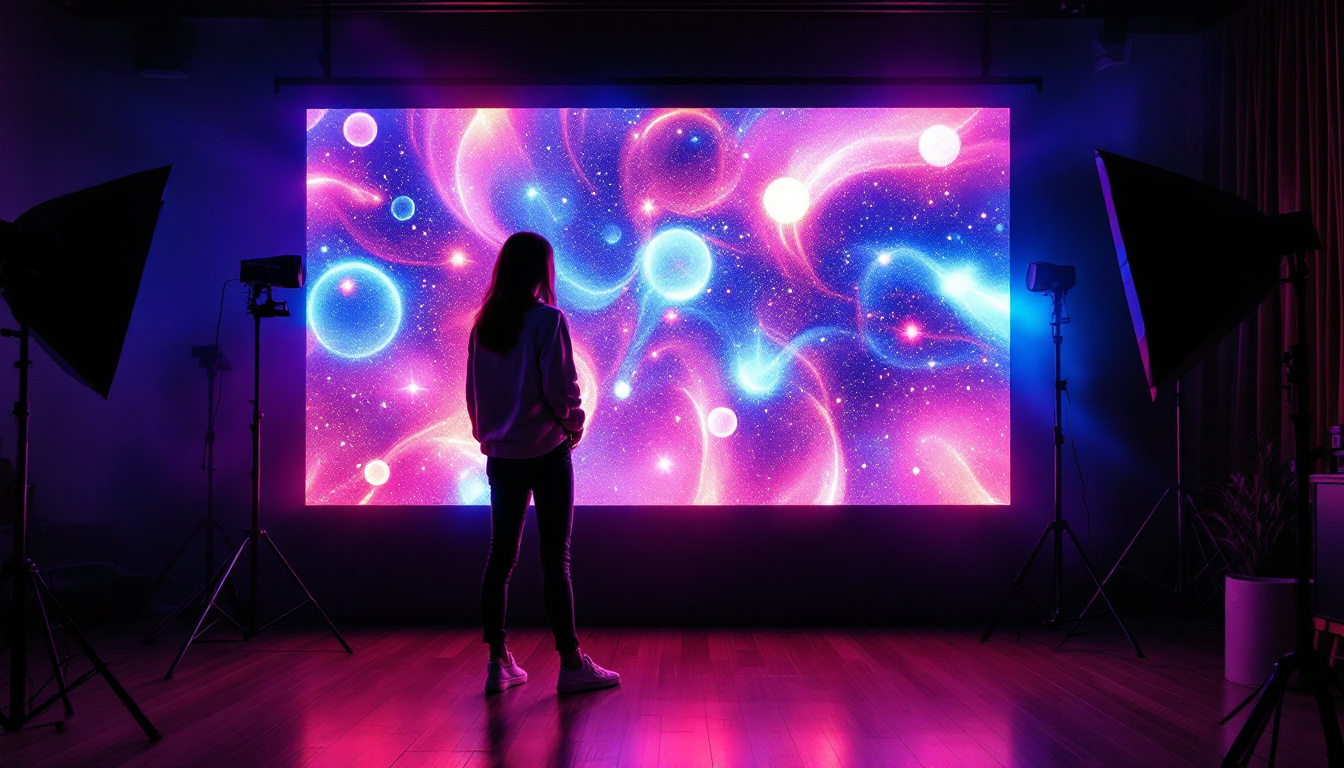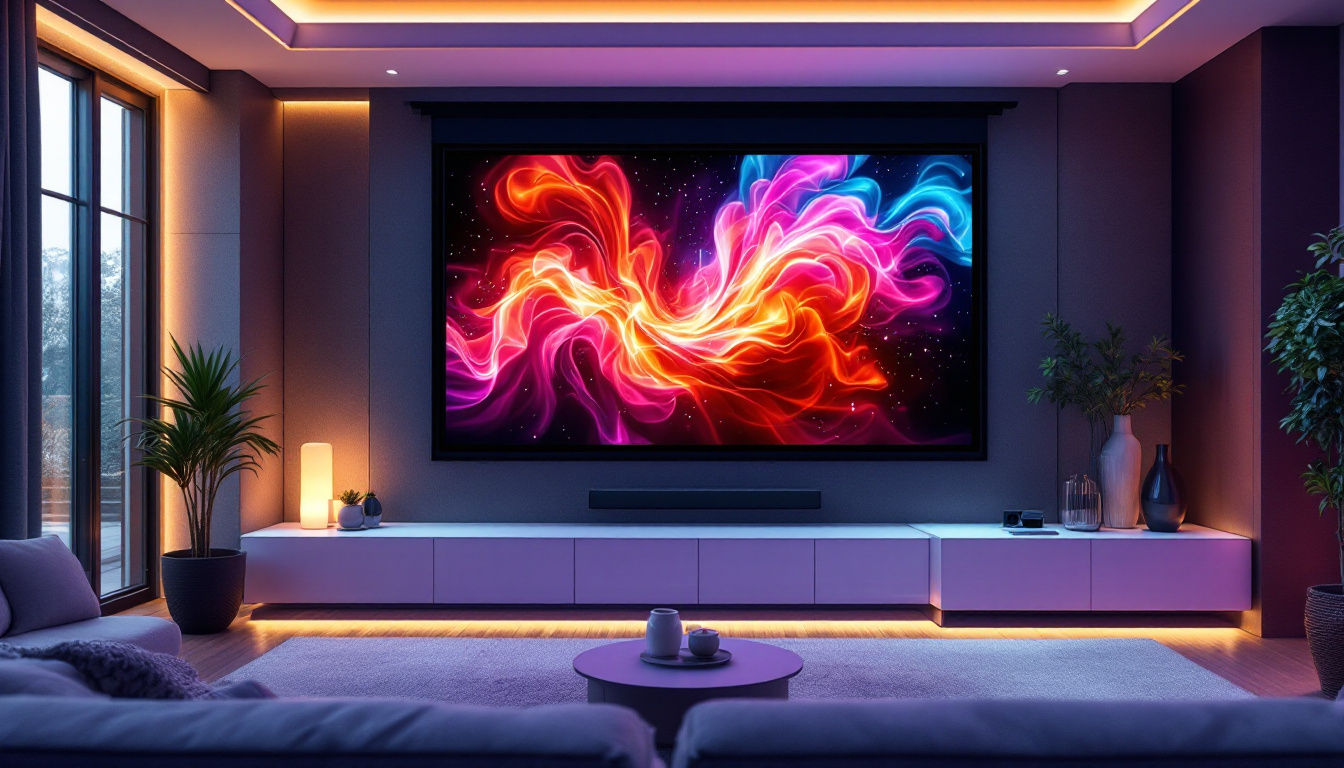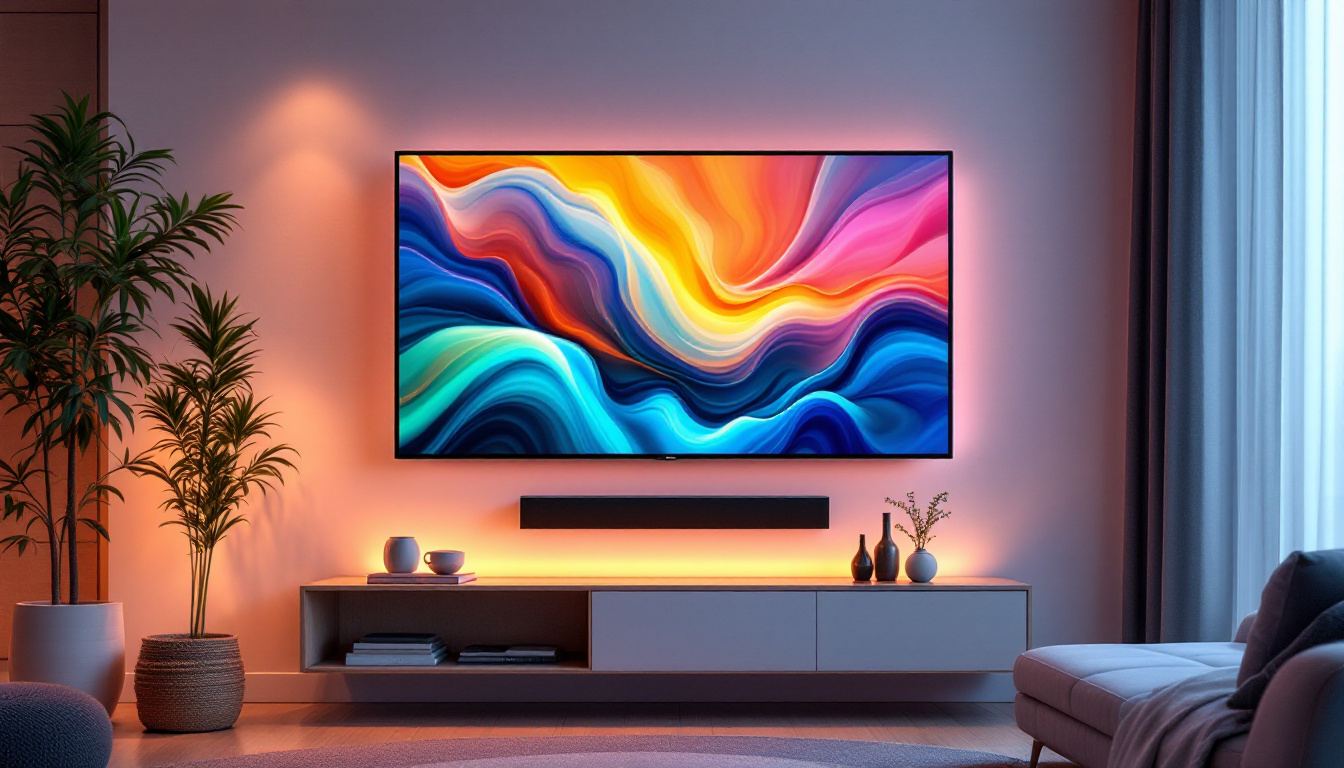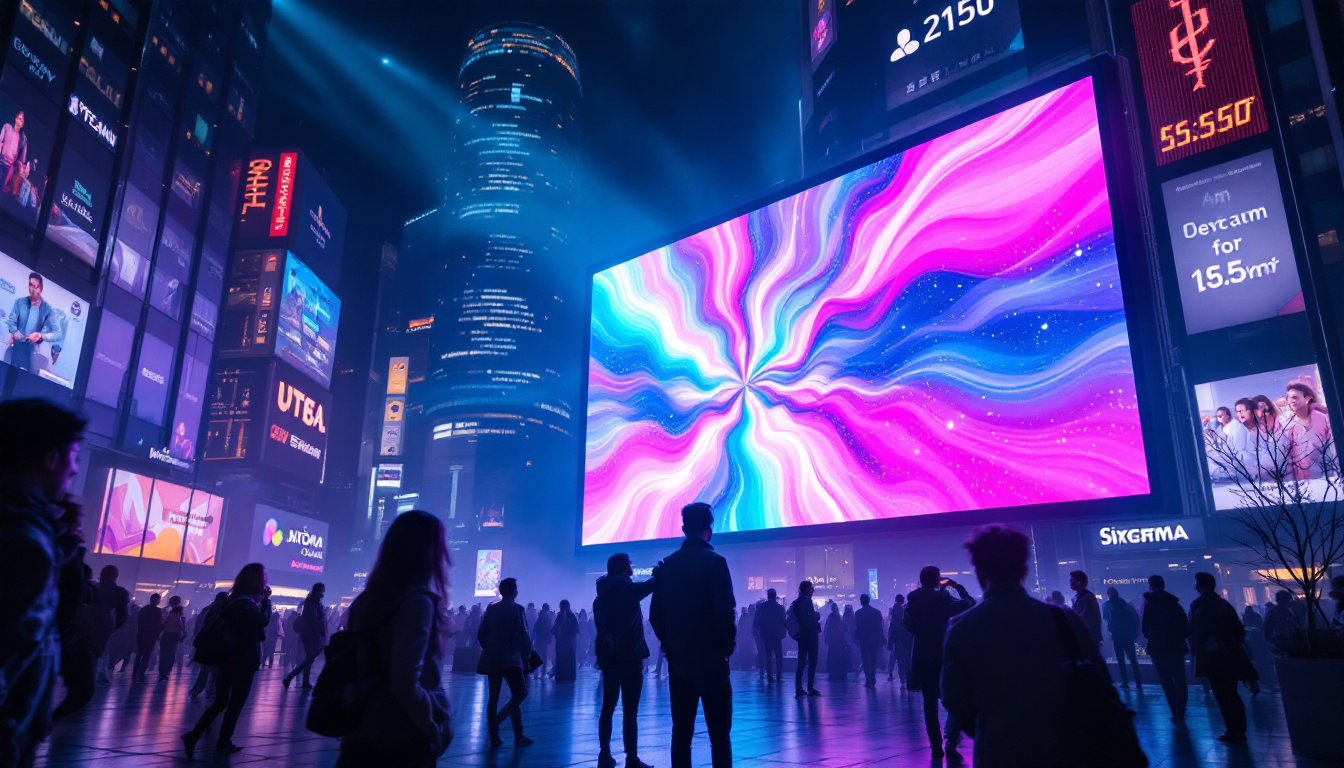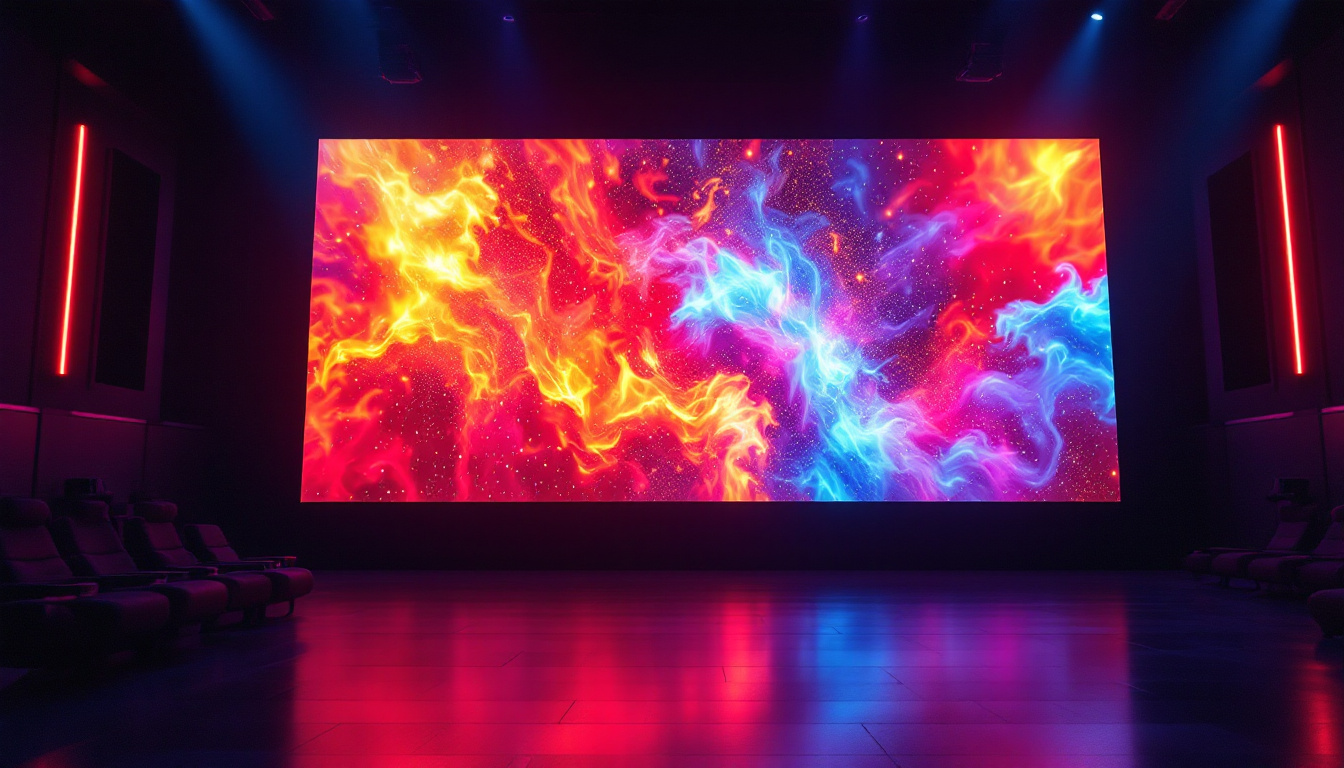In the world of digital displays, understanding the relationship between pixels and physical measurements like millimeters is crucial for designers, manufacturers, and consumers alike. This article delves into the intricacies of pixel to millimeter conversion, particularly in the context of LED displays, and explores how this knowledge can enhance the viewing experience.
Understanding Pixels and Millimeters
Pixels are the smallest units of a digital image, representing a single point in a graphic display. They are essential in determining the resolution and clarity of images on screens. On the other hand, millimeters are a unit of measurement in the metric system, commonly used to convey physical dimensions. The conversion between these two units is vital for creating displays that meet specific size and resolution requirements.
The Role of Resolution
Resolution refers to the number of pixels displayed per unit area, typically expressed as pixels per inch (PPI) or pixels per millimeter (PPM). Higher resolution means more pixels are packed into a given area, resulting in sharper images. For LED displays, understanding resolution is essential for ensuring that images and videos are rendered accurately and attractively.
When designing or selecting an LED display, knowing the resolution helps in determining the appropriate pixel density. This is particularly important in applications such as advertising, where visual clarity can significantly impact consumer engagement. For example, a billboard viewed from a distance may not require as high a pixel density as a smartphone screen held close to the eyes, illustrating how context influences resolution needs.
Why Convert Pixels to Millimeters?
Converting pixels to millimeters is essential for several reasons. First, it allows designers to create displays that fit specific physical dimensions, ensuring that the final product meets the intended design specifications. Second, it aids in the selection of the right display for various applications, such as digital signage, where the viewing distance and size of the display play a crucial role in effectiveness.
Additionally, understanding this conversion helps in optimizing the viewing experience. For instance, a display with a high pixel density may be ideal for close viewing, while a lower density might be sufficient for larger displays viewed from a distance. This relationship between pixel density and viewing distance is critical in fields like virtual reality and gaming, where immersion and detail can significantly enhance user experience. Furthermore, as technology advances, the ability to manipulate these measurements allows for innovative designs in both hardware and user interfaces, pushing the boundaries of what is possible in digital displays.
How to Convert Pixels to Millimeters
Converting pixels to millimeters involves understanding the relationship between the pixel density of the display and the physical dimensions of the screen. The formula for conversion is relatively straightforward:
Millimeters = (Pixels / PPI) * 25.4
Where PPI is the pixels per inch of the display. This formula allows for a precise conversion, ensuring that designers can accurately translate pixel dimensions into physical measurements.
Step-by-Step Conversion Process
To convert pixels to millimeters, follow these steps:
- Determine the Pixel Count: Identify the number of pixels you want to convert. This could be the width or height of an image or display.
- Find the PPI: Obtain the pixels per inch value for the display. This information can usually be found in the specifications of the display device.
- Apply the Formula: Use the conversion formula mentioned earlier to calculate the measurement in millimeters.
For example, if a display has a width of 1920 pixels and a PPI of 100, the conversion to millimeters would be:
Millimeters = (1920 / 100) * 25.4 = 487.68 mm
Practical Applications of Conversion
Understanding how to convert pixels to millimeters has numerous practical applications. For instance, in the field of graphic design, artists and designers often need to create visuals that fit specific dimensions. By converting pixel dimensions to millimeters, they can ensure that their designs will look great on the intended display.
Furthermore, in the manufacturing of LED displays, engineers must consider the pixel density and physical size to create products that meet market demands. This knowledge is also crucial in the realm of advertising, where billboards and digital signage must be designed for optimal visibility and impact.
In addition to these applications, the conversion of pixels to millimeters is essential in the realm of printing. When preparing images for print, designers need to ensure that the resolution is appropriate for the final output size. By converting pixel dimensions to millimeters, they can ascertain whether their images will maintain clarity and detail when printed, avoiding issues such as pixelation or blurriness. This is particularly important for high-quality prints, where precision in dimensions can significantly affect the overall aesthetic and professional appearance of the final product.
Moreover, in the world of web development, understanding pixel-to-millimeter conversion can aid in creating responsive designs that adapt seamlessly across various devices. As users access content on screens of different sizes and resolutions, knowing how to translate pixel measurements into physical dimensions can help developers ensure that their layouts remain user-friendly and visually appealing, regardless of the device being used. This adaptability is key in enhancing user experience and engagement in an increasingly digital landscape.
Factors Influencing Pixel Density
Pixel density is influenced by several factors, including the display technology, size, and intended use. Understanding these factors can help in selecting the right display for specific applications.
Display Technology
Different display technologies, such as LCD, OLED, and LED, have varying pixel densities. LED displays, for instance, can achieve high pixel densities, making them suitable for applications requiring sharp images and vibrant colors. The technology used can significantly impact the overall quality and performance of the display.
Display Size
The physical size of the display also affects pixel density. A larger display with the same pixel count as a smaller one will have a lower pixel density, which may result in a less sharp image. Therefore, when selecting a display size, it is essential to consider the pixel count and the intended viewing distance.
Intended Use
Finally, the intended use of the display plays a crucial role in determining the necessary pixel density. For example, displays used for close-up viewing, such as smartphones or tablets, require higher pixel densities compared to those used for larger formats like billboards, which are viewed from a distance. Understanding the application helps in making informed decisions about pixel density and display specifications.
LED Display Specifications
When discussing LED displays, several specifications are crucial to understanding their performance and suitability for various applications. These specifications include pixel pitch, brightness, contrast ratio, and refresh rate.
Pixel Pitch
Pixel pitch refers to the distance between the centers of two adjacent pixels, typically measured in millimeters. A smaller pixel pitch indicates a higher pixel density, resulting in sharper images. For example, a pixel pitch of 2.5 mm would provide a higher resolution compared to a pitch of 10 mm, making it suitable for applications requiring detailed visuals.
Brightness
Brightness is measured in nits and indicates how much light the display emits. Higher brightness levels are essential for outdoor displays, as they need to be visible in bright sunlight. Conversely, indoor displays may require lower brightness levels, which can enhance color accuracy and reduce eye strain.
Contrast Ratio
The contrast ratio measures the difference between the brightest and darkest parts of the display. A higher contrast ratio results in more vibrant colors and deeper blacks, enhancing the overall viewing experience. This specification is particularly important for applications involving video content, where color accuracy and depth are crucial.
Choosing the Right LED Display
Selecting the right LED display involves considering various factors, including the intended application, viewing distance, and environmental conditions. By understanding the relationship between pixels and physical measurements, one can make informed decisions that lead to optimal display performance.
Application Considerations
Different applications require different display characteristics. For instance, a retail environment may benefit from a high-brightness display with vibrant colors to attract customers, while a conference room may prioritize color accuracy and a lower pixel pitch for detailed presentations. Understanding these needs is vital for selecting the appropriate display.
Viewing Distance
The distance from which viewers will observe the display significantly impacts the necessary pixel density. Displays intended for close viewing, such as those in retail or gallery settings, should have higher pixel densities. In contrast, displays viewed from a distance, like outdoor billboards, can afford lower pixel densities without compromising image quality.
Environmental Conditions
Environmental factors also play a role in display selection. Outdoor displays must be weather-resistant and capable of withstanding varying temperatures and humidity levels. Additionally, they should be designed to minimize glare and reflections, ensuring visibility in bright conditions. Indoor displays may have different requirements, focusing more on aesthetics and viewer comfort.
Conclusion
Understanding the conversion between pixels and millimeters is essential for anyone involved in the design, manufacture, or selection of LED displays. By grasping the intricacies of pixel density, display specifications, and application requirements, stakeholders can create and choose displays that not only meet but exceed expectations.
As technology continues to evolve, staying informed about these concepts will empower designers and consumers alike to make better decisions in an increasingly digital world. Whether it’s for advertising, entertainment, or information dissemination, the right display can make all the difference in delivering impactful visual experiences.
Discover LumenMatrix LED Display Solutions
Ready to elevate your visual experience with the precision of pixel-to-millimeter conversion in LED displays? Look no further than LumenMatrix, a pioneer in LED display technology. Our extensive range of solutions, from Indoor and Outdoor LED Wall Displays to innovative LED Sports and Transparent Displays, is designed to captivate your audience and amplify your message. Embrace the future of visual communication with LumenMatrix and transform your space into a dynamic visual spectacle. Check out LumenMatrix LED Display Solutions today and see the difference cutting-edge technology can make.


